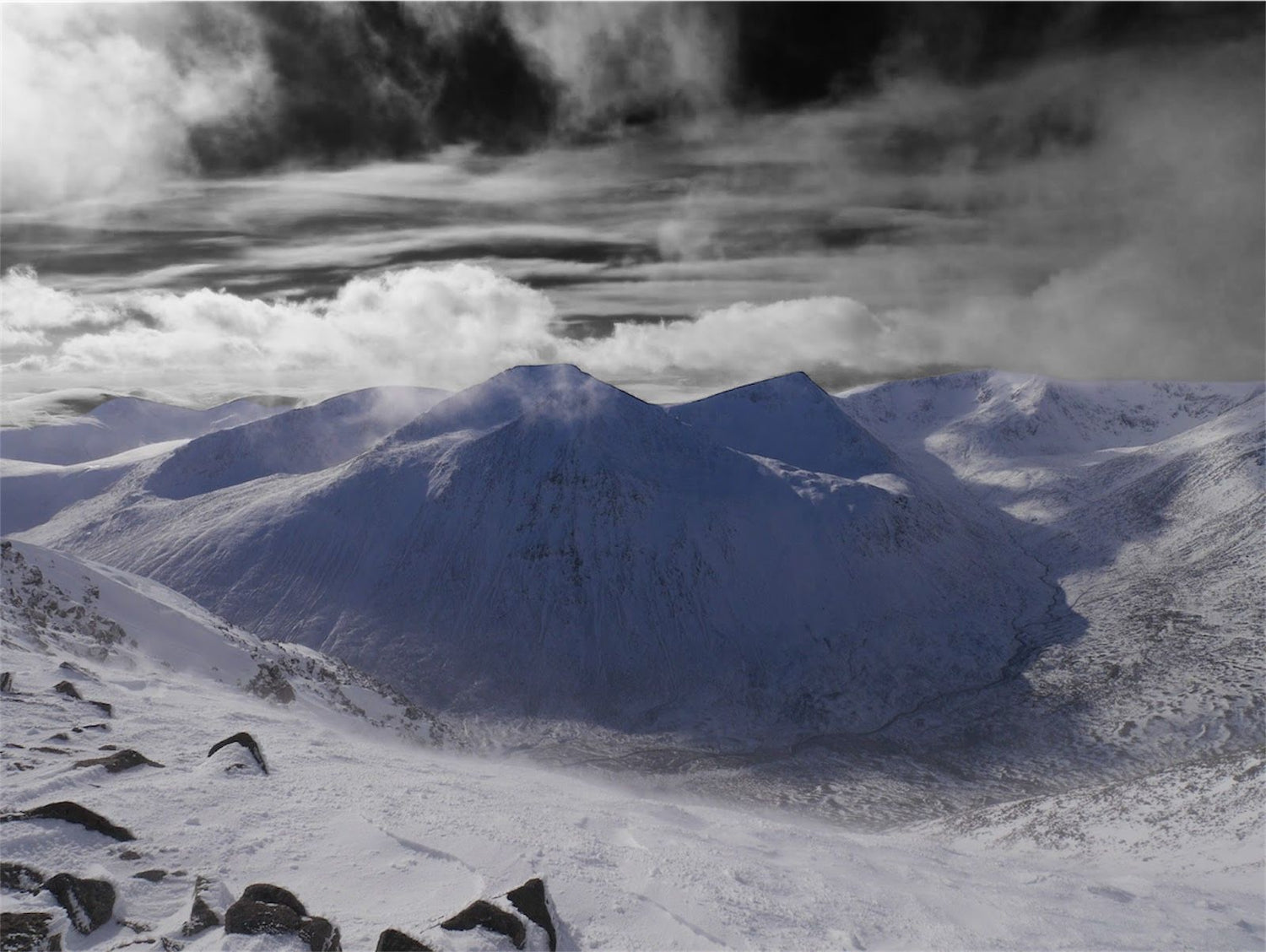Mountains in Crisis: How Climate Change is Reshaping the Future of Mountaineering
By Ocio Montana
At Ocio Montana, we’re passionate about the outdoors — from crisp mornings in the Highlands to alpine ascents that push us to our limits. But today, mountaineers and outdoor lovers around the world are witnessing a growing crisis that threatens the future of the very landscapes we cherish: climate change and environmental damage.
As the climate warms and natural ecosystems shift, the effects are being felt on trails, glaciers, mountain habitats, and the communities who live in their shadows. Mountaineering is no longer just about skill and stamina — it’s about understanding how human activity is reshaping the environments we explore. The mountains are changing, and the impact is more serious than many realise.
Glaciers are Disappearing — Fast
Perhaps the most visible sign of climate change in mountain regions is the rapid melting of glaciers. From the Alps to the Andes, glaciers that have existed for thousands of years are retreating at unprecedented rates. Mont Blanc, the Matterhorn, Kilimanjaro — once crowned with permanent snow and ice — are now losing their glaciers year after year.
This isn’t just an aesthetic loss. Glaciers play a vital role in sustaining mountain ecosystems, regulating freshwater supplies, and anchoring the terrain. As they melt, landscapes become unstable, increasing the risk of avalanches, rockfalls, and glacial lake outburst floods. For mountaineers, this means routes once considered “classic” are now more dangerous, unpredictable, or completely impassable.
Increased Risk of Rockfall and Landslides
As permafrost and glacial ice thaw, the mountains themselves become more unstable. The rock faces that climbers have relied on for decades are now shifting and cracking, particularly in alpine zones. This has led to a dramatic increase in rockfalls, posing serious threats to climbers, trekkers, and mountain communities alike.
In some areas, popular climbing routes are being permanently closed due to unsafe conditions. Others are becoming seasonal, open only during narrow windows when temperatures are just right. Mountaineers today must contend not just with weather, but with unpredictable geological instability caused by warming temperatures.
Shorter Climbing Seasons and Unreliable Weather
Climate change is also shifting weather patterns in mountain regions. Summer seasons are becoming shorter and more volatile, with an increased frequency of extreme weather — from flash floods to heatwaves and sudden storms.
In the Himalayas, climbers report stronger winds and earlier monsoons. In the Scottish Highlands, unpredictable rain and warmer winters are reducing the snow season, altering the very definition of what a winter climb looks like.
These shifts make it harder to plan expeditions, putting even experienced climbers at risk. Weather that once followed a pattern is now increasingly erratic, and decision-making in the mountains has become more difficult than ever.
The Impact on Mountain Communities
Mountaineering doesn’t exist in isolation. All over the world, mountain communities — like the Sherpas in Nepal, Andean guides in Peru, and Alpine towns in Switzerland — depend on tourism, guiding, and outdoor recreation for their livelihoods. As mountain conditions become more dangerous and routes close, these communities face economic insecurity.
Reduced snowfalls affect ski seasons. Floods and landslides damage infrastructure. And as tourism patterns change due to global warming, many traditional mountain economies are being left behind. The cultural and human cost of climate change in the mountains is immense.
Biodiversity in the Balance
Mountain regions are home to unique ecosystems that are particularly sensitive to environmental change. As temperatures rise, alpine species are forced to migrate uphill, often with nowhere left to go. Snow leopards, mountain goats, and rare plants are all under threat.
Even subtle shifts in temperature can cause massive disruptions in delicate food chains, leading to loss of wildlife and plant species. For mountaineers, this means the natural beauty and biodiversity we hike and climb through may look very different in just a few decades’ time.
How the Future Looks — And What We Can Do
The future of mountaineering is tied to the future of the planet. If current trends continue, many iconic climbing routes may disappear entirely. Others will become too dangerous to attempt. Yet, there is still hope — and real actions that individuals and communities can take to protect these precious environments.
Sustainable practices in the outdoor industry are more important than ever. At Ocio Montana, we’re committed to offering ethically sourced, low-impact equipment and supporting education around responsible travel. Here are a few key changes we can all make:
-
Choose eco-friendly gear and support brands focused on sustainability
-
Offset travel emissions when flying to mountain regions
-
Follow Leave No Trace principles religiously
-
Support conservation initiatives in mountain regions
-
Advocate for climate action, both locally and globally
We also encourage mountaineers to educate themselves on local environmental issues before visiting a region and to connect with communities on the ground. Collaboration and awareness are powerful tools for change.
Final Thoughts from Ocio Montana
The mountains have always inspired us with their strength, beauty, and silence. But now they’re sending us a clear message: they’re in danger — and we must act.
Mountaineering in the 21st century is about more than reaching the summit. It’s about being a steward of the land, a responsible explorer, and a voice for the environment. If we want future generations to experience the same awe-inspiring trails, peaks, and snowy ridgelines we’ve known, then protecting them starts with us — right now.
At Ocio Montana, we’re not just gear suppliers. We’re advocates for the outdoors, and we stand with everyone working to preserve our planet’s wild places. The future of mountaineering depends on it.
Explore without limits!



